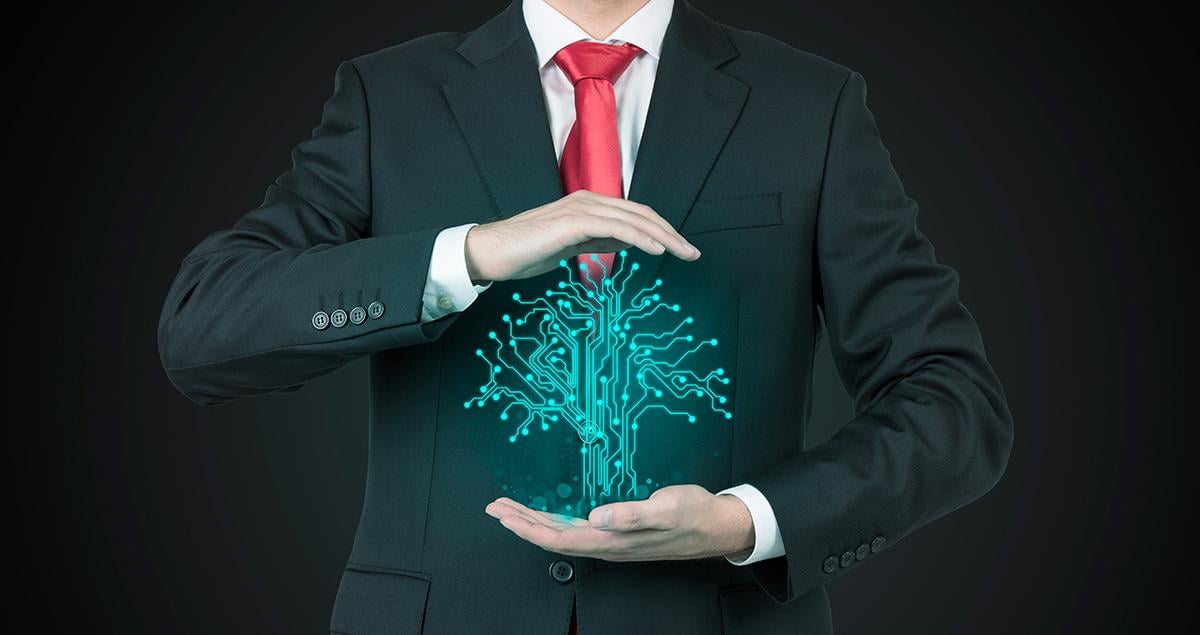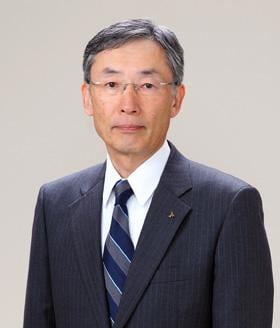Three Japanese business practices for an age of disruption

Japan-based companies are among the largest and most technologically sophisticated sources of foreign direct investment (FDI) in the United States. While automobile manufacturers are perhaps the most well-known among Japanese companies investing in the United States, other important industries include machinery, finance, metals, computers and electronics, plastics and rubber products and insurance industries.
When Mitsubishi Heavy Industries America (MHIA) started operating in the United States in 1979, we learned first-hand how to merge the methodical approach of a Japan-based company with the fast-paced culture associated with U.S. businesses. Over the past nearly 40 years, we have not only learned how to survive, but how to thrive by implementing the process-oriented Japanese approach to the U.S. business culture.
MHIA is certainly not the first company to incorporate Japanese business practices in the U.S. Even non-Japanese companies have adopted these methodologies and management styles to improve their systems and operations. Below are three ways companies can increase efficiency, attack problems and improve overall business output by incorporating techniques from the Japanese way of doing business.
1. Adopt the Kaizen Mentality of “Continuous Improvement”
Kaizen is a Japanese business philosophy of continuous improvement. The methodology engages all employees in implementing small changes to eliminate waste and boost efficiency. Companies like Toyota, Nestle and Canon use kaizen as a key ingredient in their business models. Lockheed Martin, an American global security and aerospace company, incorporated kaizen in their material management to reduce manufacturing costs, inventory and order-to-delivery time.
Through the methodologies of kaizen, Mitsubishi Heavy Industries (MHI) improved the design process for modular design used in chemical and environmental plants. Previously, MHI tailor made each plant design to order, but by instituting small, continuous changes, engineers were able to streamline the process to establish a standardized module package. This resulted in cost reduction in engineering and design, a decrease in errors made during the design phase, and a reduction in cost to the customer by five to ten percent.
2. Get to the Root of the Issue
Rather than trying to fix problems as soon as they occur, Japanese business people tend to put the issue on the table and take time to think about the origin of the problem. Unlike the “Band-Aid” approach, a more pragmatic method corrects the root causes of the issue and prevents the likelihood of committing the same error again and again.
In the 1980s, several of MHI’s customers in the power plant industry had ongoing problems with deposit buildup when using our flue gas desulfurization (FGD) technology. We originally approached this issue with a “Band-Aid” method which included frequent washing maintenance, but both MHI and our customers saw a greater need for a long-term solution. Through dissecting the problem and getting to the root of the issue, MHI eventually developed the Double Contact Flow Scrubber, an advanced scrubber for sulfur dioxide control. This superior technology is now deployed in plants around the globe, including the largest plant in the world. In the 2000s, the Double Contact Flow Scrubber – a joint venture between MHIA and URS (now AECOM) – brought in more than $2 Billion in revenue in the U.S. alone.
3. Combine the Japanese Problem-solving Approach with American Speed
Though vastly different, both the American way of doing business and the Japanese approach each have their benefits. While the Japanese fix problems by dissecting them, many Americans may consider this process to be slow by U.S. standards. A 2015 article in the Japan Times credits the country’s “notorious” slow decision-making for Japan-based electronic companies losing their competitive edge.
At MHIA, we have tried to merge the two – pulling from the “top down” approach of U.S. businesses and incorporating the “bottom up” mentality of the Japanese. The result is a detail-oriented approach to solving problems and increasing efficiency that stands at the backbone of MHIA and our work in the United States, the largest market for MHI Group outside of Japan with $7.5 billion of nearly $40 billion in global revenue attributed to the North America region.





